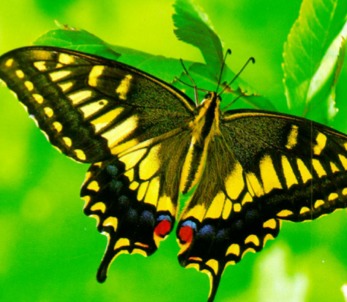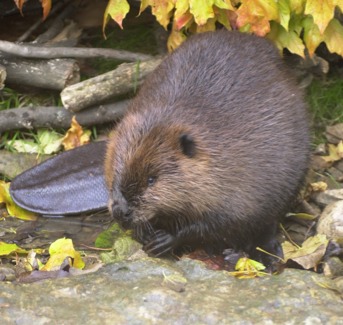Sign up for FlowVella
Sign up with FacebookAlready have an account? Sign in now
By registering you are agreeing to our
Terms of Service
Loading Flow



A ducks webbed feet helps it swim. Just like paddles on a boat! A duck's bill is typically wide and somewhat flattened to function as a more efficient food scoop. Also the duck contains body heat when immersed in water.
Butterflies have unique, colorful patterns on their wings to warn predators not to eat them. They also have a long, skinny tongue that acts like a straw to suck the juice out of fruits.
A beaver has several physical adaptations. These adaptations include eating underwater, oxygen conservation, sharp, long teeth to cut down trees, water proof coat, underwater vision, valves in ears and nose that can close underwater, webbed hind feet, and of course it's flat, wide tail.

Physical Adaptations 🐛